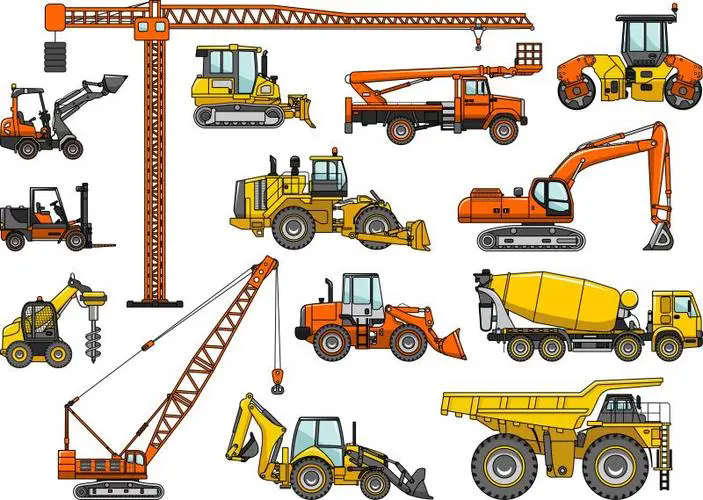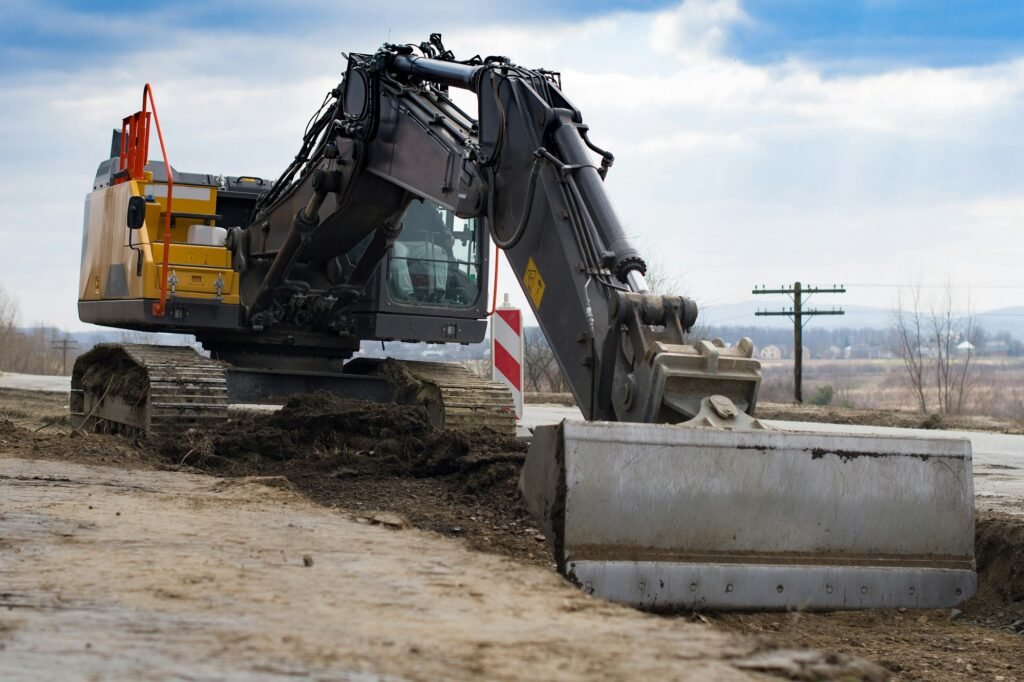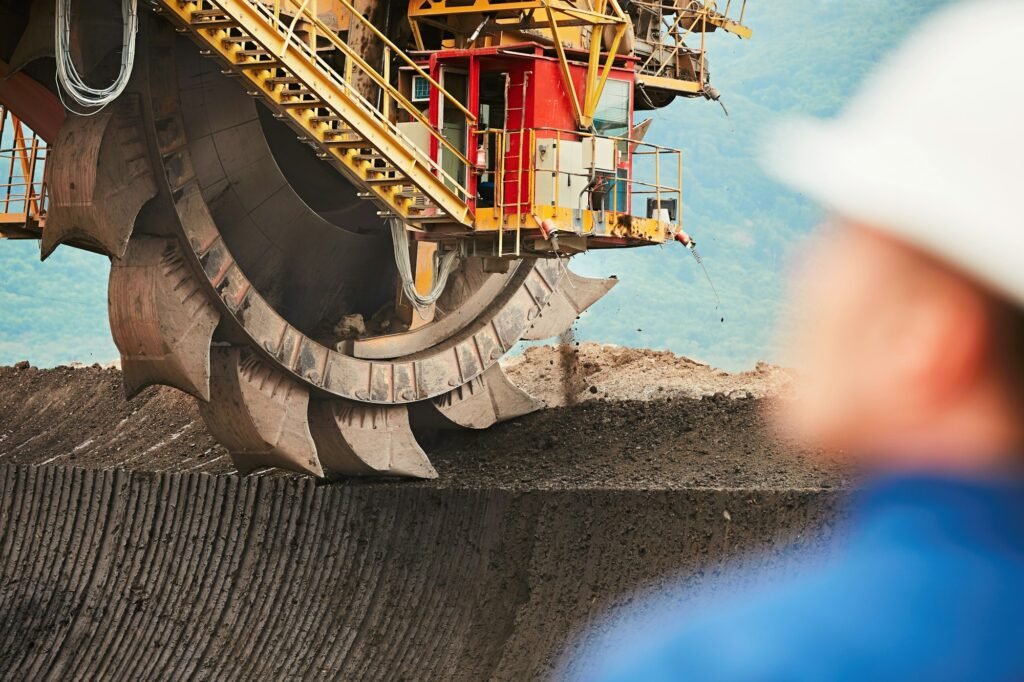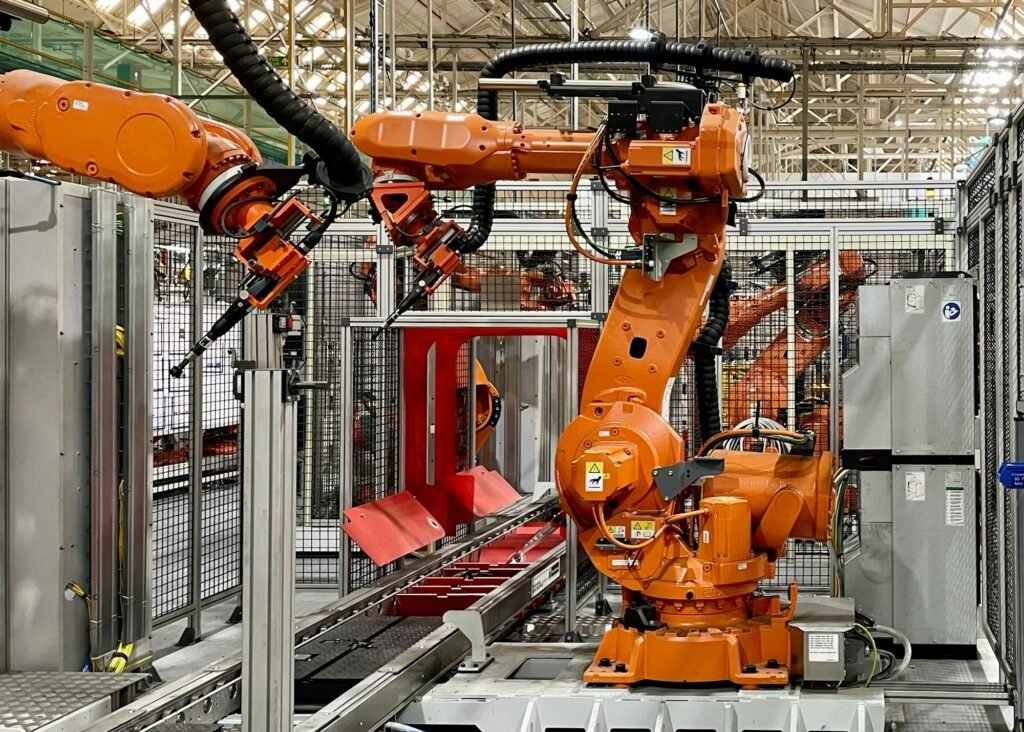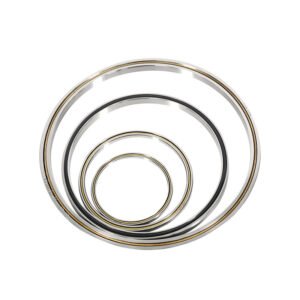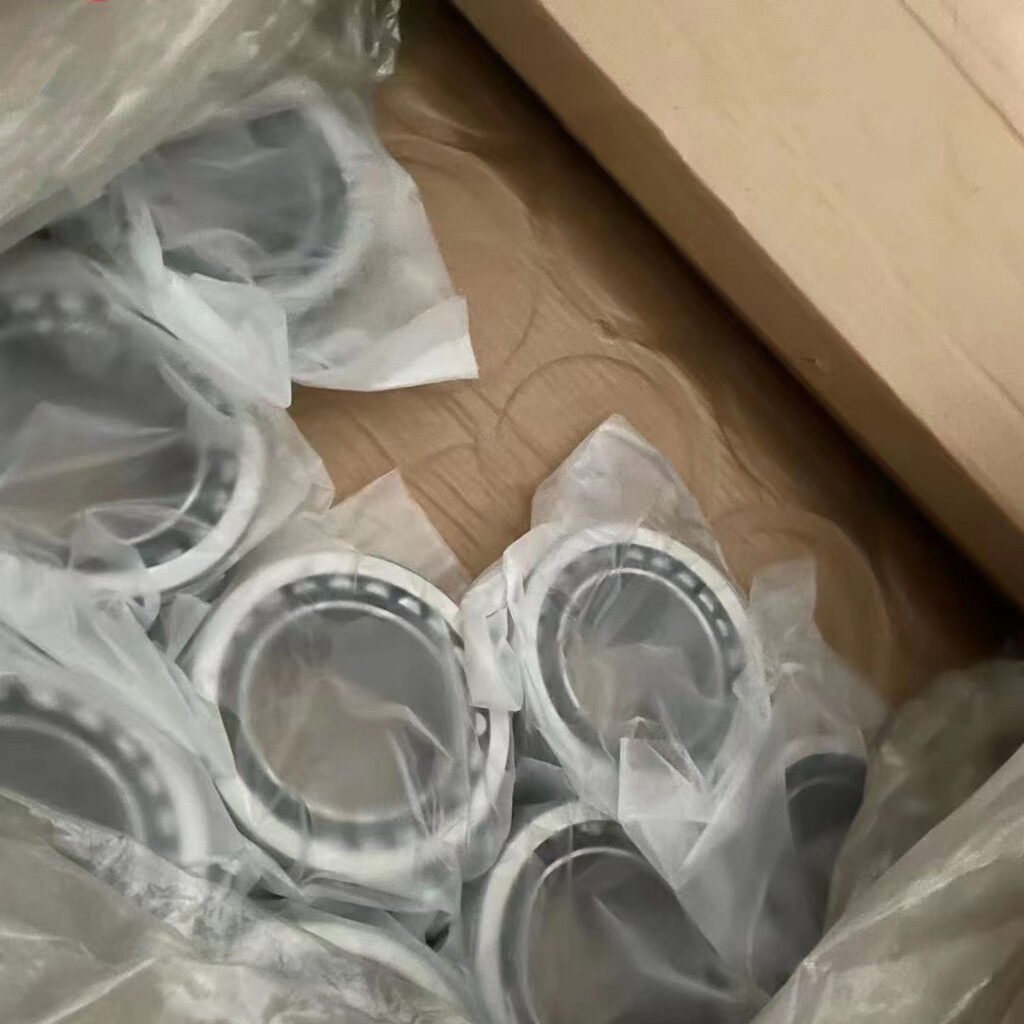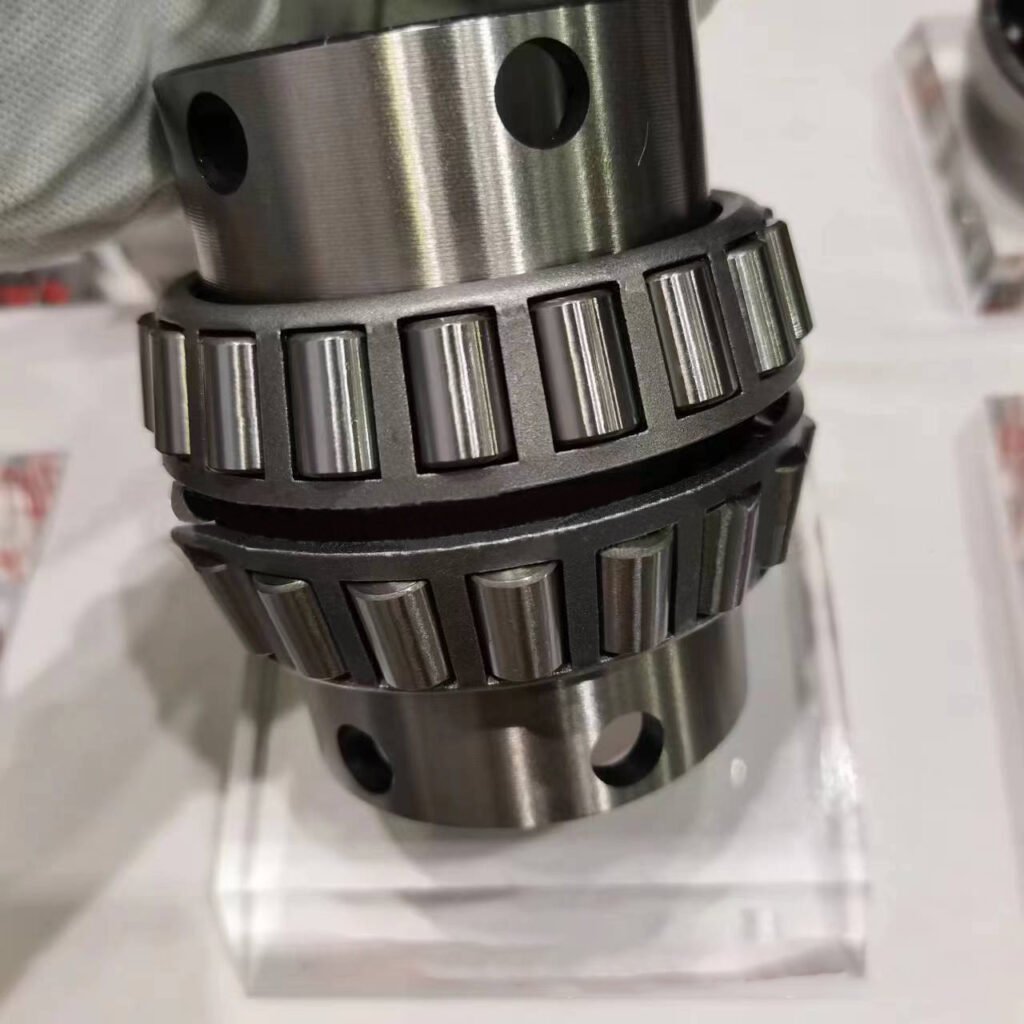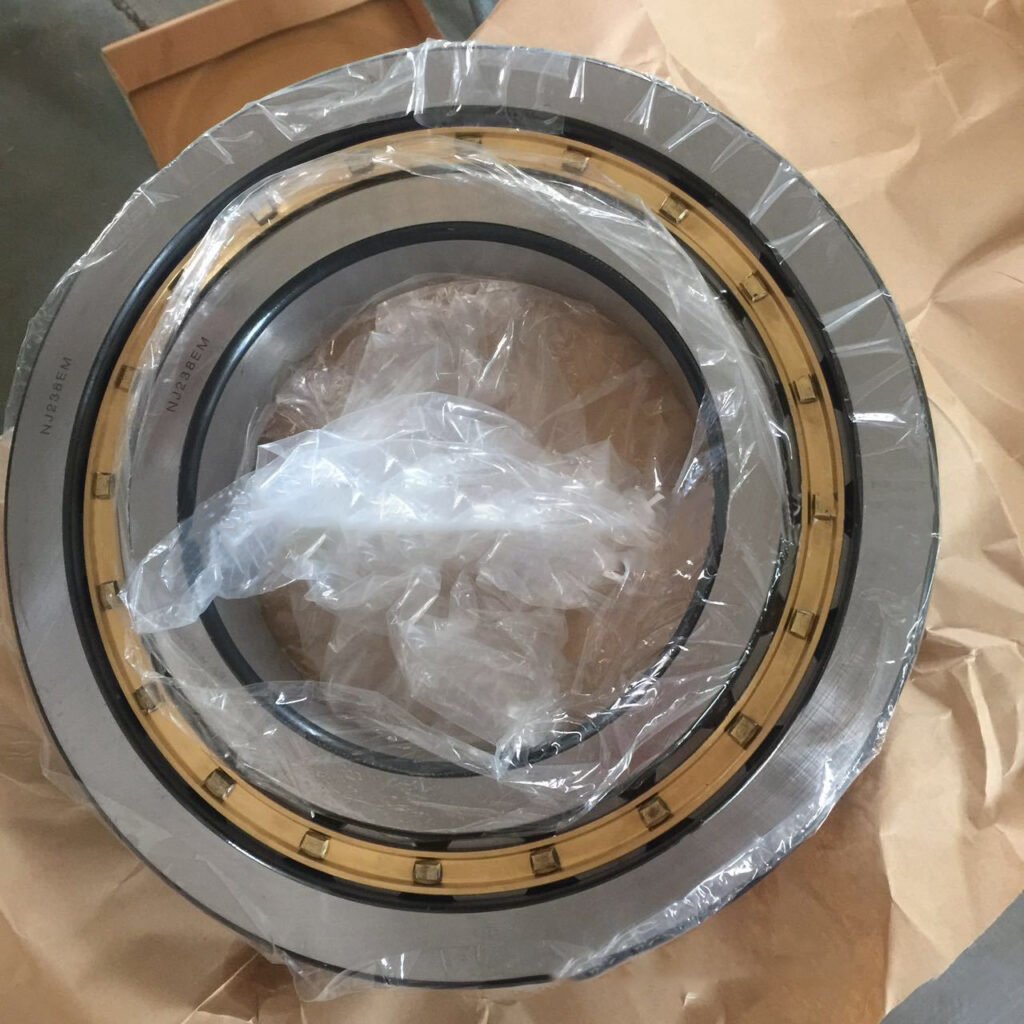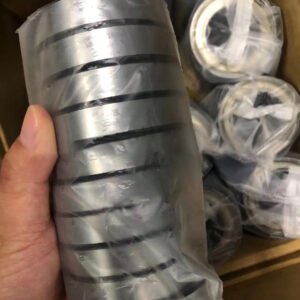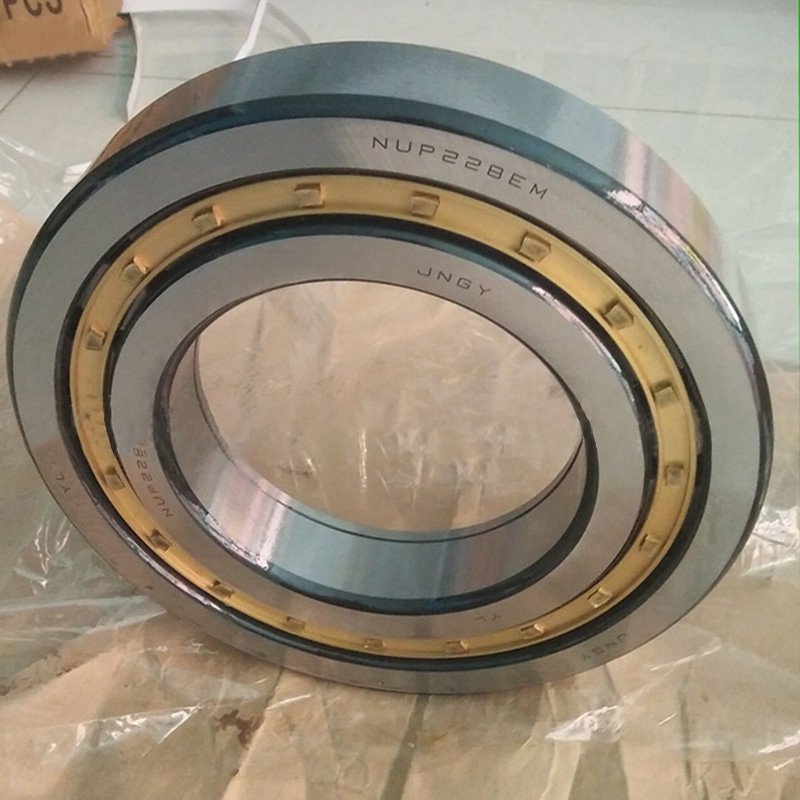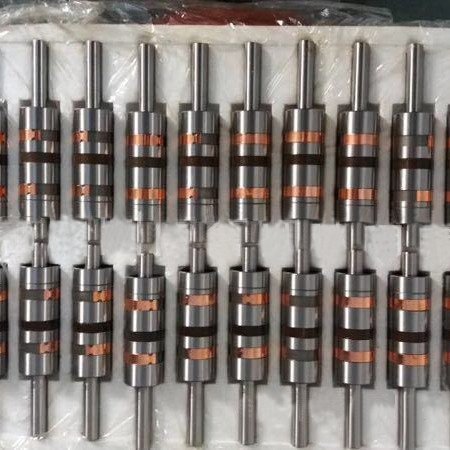Bearings are essential components used in countless mechanical systems, ensuring smooth and efficient operation by reducing friction. Among the various types of bearings, double-row angular contact ball bearings stand out due to their unique structural design and exceptional performance. These bearings are commonly used in industries where high precision, reliability, and load-handling capabilities are critical. VKUKEN is a well-known bearing manufacturer. We often receive inquiries from users about double-row angular contact ball bearings. As a bearing application engineer, Maxwell compiled this article to introduce the structural characteristics, performance, materials and applications of double-row angular contact ball bearings in detail to help users better understand their importance and functions.

1. Structural Design of Double-Row Angular Contact Ball Bearings
A double-row angular contact ball bearing consists of two rows of balls arranged in such a way that they can handle both radial and axial loads simultaneously. The design is built to accommodate the specific angular contact between the balls and the races, typically at an angle of 15 to 30 degrees. This arrangement allows the bearing to support combined loads from multiple directions, making it versatile and efficient.
The key features of the structural design of double-row angular contact ball bearings include:
– Two Rows of Balls: Unlike single-row bearings, which have one row of balls, double-row bearings have two, allowing for increased load capacity.
– Angular Contact: The balls in these bearings are arranged at an angle to the raceways, enabling the bearing to handle both axial and radial loads simultaneously.
– Sturdy Cage Design: The design often includes a cage to separate the balls and prevent direct contact, reducing friction and wear.
This structure ensures that double-row angular contact ball bearings can perform efficiently under high loads and speeds while maintaining stability and durability.
2. Performance of Double-Row Angular Contact Ball Bearings
Double-row angular contact ball bearings are known for their exceptional performance, especially in applications that require high-speed rotation and precision.
– High Load Capacity: Due to the two rows of balls, double-row angular contact ball bearings can handle larger loads compared to single-row bearings. This makes them ideal for heavy-duty applications.
– Efficient Handling of Combined Loads: The angular contact design enables these bearings to manage both radial and axial loads effectively. This feature makes them suitable for machines and systems that experience forces from multiple directions.
– High-Speed Performance: These bearings perform exceptionally well at high speeds due to their low friction, reducing heat generation and wear during operation. This results in better energy efficiency and longer service life.
– Durability and Reliability: Double-row angular contact ball bearings are designed to be robust, offering extended service life and high reliability, even under challenging conditions such as heavy loads or high temperatures.
The combination of these advantages makes double-row angular contact ball bearings a preferred choice for demanding applications that require continuous, high-performance operation.
3. Materials Used in Double-Row Angular Contact Ball Bearings
The materials used in double-row angular contact ball bearings play a crucial role in their overall performance, durability, and resistance to wear.
– High-Carbon Chromium Steel (GCr15): This is the most common material used for manufacturing the rings and balls in these bearings. It offers excellent wear resistance, strength, and durability.
– Stainless Steel: Stainless steel bearings are often chosen for applications that require resistance to corrosion. These bearings are ideal for harsh environments, such as those with exposure to moisture or chemicals.
– Ceramic Materials: In some high-performance or specialized applications, ceramic balls (such as silicon nitride) are used instead of steel balls. Ceramic materials are lighter, harder, and more heat-resistant, making them suitable for applications where conventional steel bearings might wear out quickly.
– Polymer Materials: In some cases, polymer materials are used for cages and seals in double-row angular contact ball bearings to reduce weight and enhance resistance to corrosion.
The choice of material depends on the specific demands of the application, such as operating environment, load capacity, and speed.
4. Applications of Double-Row Angular Contact Ball Bearings
Double-row angular contact ball bearings are widely used in a range of industries due to their versatility and robust performance. Some common applications include:
– Machine Tool Spindles: These bearings are essential in high-speed spindles, providing the required support for both radial and axial loads during operations like milling and drilling.
– Automotive Industry: In automotive applications, these bearings are used in components like wheel hubs and transmissions, where they help manage both radial and axial loads under varying speeds.
– Electric Motors and Pumps: Double-row angular contact ball bearings are ideal for electric motors and pumps that require high-speed rotation and stability, ensuring long-term reliability and performance.
– Aerospace Industry: These bearings are used in aerospace applications for supporting components that experience high loads and operate at high speeds, such as turbines and other rotating machinery.
– Robotics and CNC Machines: In industries that rely on precision and high-speed operations, double-row angular contact ball bearings are commonly used in robots, CNC machines, and other automated systems.
These bearings are essential in any application where high load capacity, precision, and reliability are paramount.
5. Factors to Consider When Choosing Double-Row Angular Contact Ball Bearings
When selecting a double-row angular contact ball bearing for your application, several factors need to be considered:
– Load Requirements: Ensure that the bearing’s load capacity matches the radial and axial loads it will encounter during operation.
– Speed and Temperature Conditions: Consider the bearing’s performance at the required speeds and the operating temperature range. Bearings made with ceramic materials may be a better choice for high-speed or high-temperature environments.
– Environment: If the bearing will be exposed to harsh conditions such as moisture, chemicals, or dust, it is essential to select materials that offer the necessary corrosion resistance.
– Accuracy and Precision: Choose bearings with the required tolerance levels for your specific application, particularly for machines that require high precision and minimal vibration.
– Lubrication Needs: Double-row angular contact ball bearings may require specialized lubrication depending on the application. Ensure that you select the appropriate lubrication method to maintain bearing efficiency and longevity.
Conclusion
Double-row angular contact ball bearings are essential components in a variety of high-performance applications. Their unique structural design allows them to handle combined radial and axial loads, offering superior performance, durability, and reliability in demanding conditions. Whether used in machine tools, automotive systems, or aerospace applications, these bearings provide the necessary precision and stability for efficient operation.
When choosing double-row angular contact ball bearings, it’s important to consider factors such as load capacity, speed, material, and environmental conditions to ensure optimal performance. By understanding these key characteristics, you can select the right bearing for your specific needs, ensuring the long-term success of your machinery and systems.

